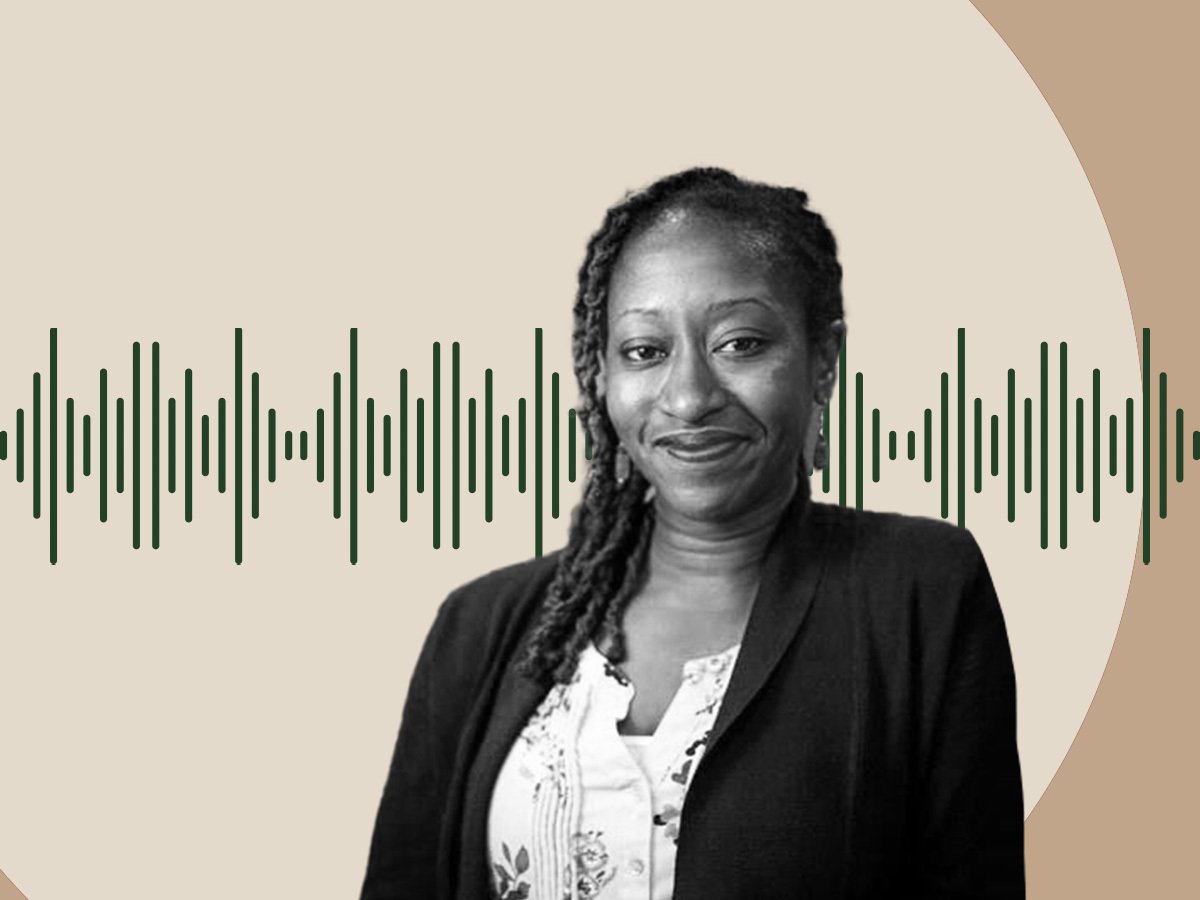
Historically Black Colleges and Universities are responsible for educating 80 percent of Black judges, 50 percent of Black doctors, and 50 percent of Black lawyers in America, and continue to provide an essential academic and cultural service for Black communities. Although HBCUs often overperform and provide an invaluable education, a new May 2023 statistical report by Candid and the Association of Black Foundation Executives titled Philanthropy and HBCUs: Foundation funding to historically Black colleges and universities shows that philanthropic foundations critically and disproportionately underfund them. The report reveals valuable insights for philanthropy to fortify and sustain HBCUs and their futures.
HBCUs’ Importance and Impact
HBCUs, which include institutions like Howard, Morgan State, Morehouse and Florida A&M come from a long legacy founded on the bold actions of freedom fighters and civil rights activists to create educational institutions that allowed entry to Black people. Even after the abolition of slavery, these institutions were pivotal as the only places Black people were welcome to receive quality higher education. Today, HBCUs enroll students of all ethnicities. As of 2021, 75 percent of students enrolled at HBCUs identified as Black. Nationwide, HBCUs issued 13 percent of the bachelor’s degrees given to Black students and enrolled 9 percent of all postsecondary Black students. These colleges have cemented a legacy of educating and supporting the largest number of Black professionals in STEM fields.
HBCUs only make up 3 percent of the total higher education institutions in the United States. Their ability to attract and retain students is an even more impressive feat because Black college-bound students have greater access to non-HBCUs than they have before, thanks to scholarships and various public and private loans.
“HBCUs create an environment and experience for young, African American college students, and do it in a way that [strategically] targets us.”
The method to the mastery of these colleges over the years lies in the richness of the psychosocial and cultural experience. One HBCU student in the new report explains, “HBCUs create an environment and experience for young, African American college students, and do it in a way that [strategically] targets us. Many of the professors are African Americans and/or have attended an HBCU and come back to work at their alma mater, so they know what it takes and know what to do to help [HBCU students] move forward in their prospective careers.”
A Long History of Underfunding
Serving primarily first-generation college students from lower-income backgrounds, HBCUs remain drastically underfunded by foundations and struggle to continue their crucial support for Black communities.
Underfunding of HBCUs compared to Ivy League institutions is a known fact—according to a comparison analysis by Forbes, when contrasted with historically White schools over the last 30 years, underinvestment in HBCUs totals close to $12.8 billion—but Candid and ABFE’s new report reveals yet more startling statistics. For instance, the average Ivy League school received 178 times more foundation funding than the average HBCU. In recent years, HBCUs have also seen a massive drop in public funding dollars. This combined underinvestment leaves the financial future of HBCUs more vulnerable and uncertain than ever.
The factors contributing to the historical underfunding and a more recent decline in grant dollars between 2002 and 2019 vary.
“Part of it is about relationships,” says Susan Taylor Batten, CEO of ABFE. HBCUs have been largely excluded from the deep networks found within philanthropy—which is often what it takes to get continued funding support.
Ivy Leagues tend to have deeper relationships with philanthropic foundations, and much of that history is deeply entrenched in racism, slavery and the hoarding of White wealth. For example, Harvard University has confirmed that enslaved persons lived on campus to serve students and faculty. Princeton University hosted slave auctions on its campus grounds. Philanthropy has its own legacies of slavery with which to make amends.
Sign up for our free newsletters
Subscribe to NPQ's newsletters to have our top stories delivered directly to your inbox.
By signing up, you agree to our privacy policy and terms of use, and to receive messages from NPQ and our partners.
Today, as the ABFE/Candid report describes, many philanthropic institutions still tend to place less trust in HBCUs. This is a reflection of how racism continues to affect funding decisions.
Certain funding opportunities directly exclude HBCUs for other reasons, the report states. For example, some smaller HBCUs may not have the capacity to facilitate projects big enough to meet the criteria for some funding opportunities.
Serving primarily first-generation college students from lower-income backgrounds, HBCUs remain drastically underfunded by foundations and struggle to continue their crucial support for Black communities.
The report shows that HBCUs are plagued by additional financial issues that complicate their ability to work effectively. For instance, endowments of HBCUs lag behind those of non-HBCU institutions by 70 percent. Additionally, over the past few years, HBCUs have seen numerous ebbs and flows in their funding support from philanthropy: In 2002, HBCUs received $65 million in philanthropic donations. But between 2003 and 2009, there was a 30 percent decline in funding. The report also reveals that during these funding droughts the number of foundations that funded HBCUs decreased. In 2002, 158 individual philanthropic organizations invested in HBCUs. However, by 2018, that number dropped to 100.
HBCUs did see an uptick in support following 2020 when the death of George Floyd and other killings of Black people at the hands of police became the flashpoint for a renewed interest in supporting and advocating for the Black experience. As a result, HBCU funding increased to $248 million in 2020 compared to 2019’s $68 million. However, as of now, it can be hard to tell whether this increased funding will last. Data collection for 2020 and onward is still ongoing due to the slow process of gathering grantmaking information.
Such funding inconsistency and declines can delay or cancel new course offerings, campus upgrades, and the hiring of new faculty, and it ultimately threatens the survival of HBCUs which face a much more real threat of closure than Ivy Leagues or other colleges and universities. “The underfunding of HBCUs has real consequences,” says Batten. Three recent closures as of 2018 stand as proof. Morristown College, the first to close since the 1920s, closed in 1994; Saint Paul’s College closed in 2013; and Concordia College closed in 2018, to the dismay of its staff, student population, and surrounding communities.
A Call to Action for the Future of HBCUs
Through the distillation of complex data and the essential qualitative experiences from students and staff at HBCUs, Philanthropy and HBCUs helps us understand the landscape of foundation funding and the stakes for these institutions as that funding has declined.
The report provides guidance on how investors and foundations can help to restore the financial health of ailing HBCUs, including establishing multiple funding pools as a way to target and address the various needs each HBCU may have. For instance, an institution might have a fund to get new computers in their lab, but such support might be ineffective if the school’s building infrastructure has roofing and leakage issues and no funding to repair them. In other words, the impact of continued underfunding has become so complex due to years of neglect that it requires strategy to create real transformation.
“Foundations and philanthropy often can be…disassociated…from [the] community, but we encourage Black communities to get engaged with philanthropy in their region and start a conversation about funding in HBCUs,” says Batten. She suggests communities take this information to start conversations in their region, and speak with foundation leaders and elected officials at all levels of government about the funding gap: “We need the advocacy support.” Batten also encourages philanthropy to be more proactive in their outreach to Black colleges.












